Meet the Researchers Who Scour the World’s Most Dangerous Corners in Search of Biological Riches
Militants, malaria and pirates are just some of the challenges these scientist-explorers face in their quest to map the world’s diversity
:focal(711x591:712x592)/https://tf-cmsv2-smithsonianmag-media.s3.amazonaws.com/filer/cb/a1/cba1a6e3-3704-47d9-ba45-5a3263e01553/somaliland_festival.jpg)
Entering the remote rainforests of the Congo is like stepping into a scene from Jurassic Park. Ferns stretch high up overhead from the damp forest floor. The air is abuzz with birds and bugs. All around are exotic creatures that exist nowhere else in the world. “You can almost half-imagine a dinosaur peeking out from a tree behind you,” says Eli Greenbaum, a researcher in evolutionary genetics at the University of Texas at El Paso.
In other words, it’s a biodiversity researcher’s paradise. The region, which has remained largely untouched by herpetologists since the end of the colonial era in 1960, is today home to the world’s second largest tropical rainforest and bursting with biodiversity.
There’s a good reason the Congo remains nearly untouched. For all its biological richness, this part of the world is no easy place to be a scientist. When Greenbaum first went as a postdoctoral student in 2007, the region had been embroiled in a decades-long war, and although a peace agreement was signed in 2003, the threat of atrocities still lingered.
Greenbaum saw the prospect of entering the unknown as urgent and exciting. His advisor saw it differently. “I really don’t think you’re going to come back with all your arms and legs,” Greenbaum recalls him saying at the time.
Most researchers decide to do fieldwork in regions a little less fraught and near established field programs—like West Africa, where Greenbaum had previously worked. But as he sought to establish himself in the field, the researcher wanted to carve out a new niche for himself. So he set out for the Congo, where he hoped to collect and describe undiscovered species; gain insight into these creatures’ evolutionary histories; and contribute to protecting the remaining pristine reaches of rainforest.
That is, if he survived.
Today, Greenbaum still has all his limbs. But, as his advisor predicted, the trip wasn’t easy. He fell ill with malaria. He had run-ins with militants. Once, he was even charged by a silverback gorilla. It was tough, and scary, and in some moments, he questioned why he had come in the first place. And yet almost a decade and a total of nine trips to the Congo later, he’s never regretted that first venture into the rainforest.
Greenbaum is not alone. Though they are relatively few, he is among the select ranks of biologists and naturalists who chase their subjects to the most remote and dangerous corners of the earth, where the looming threat of conflict only intensifies the already formidable suite of challenges of working in developing regions. These researchers face seemingly insurmountable difficulties just to get to these sites—and once they get there, the challenges only grow greater.
What draws them to these (sometimes literal) minefields—and what keeps them coming back, despite the risk?
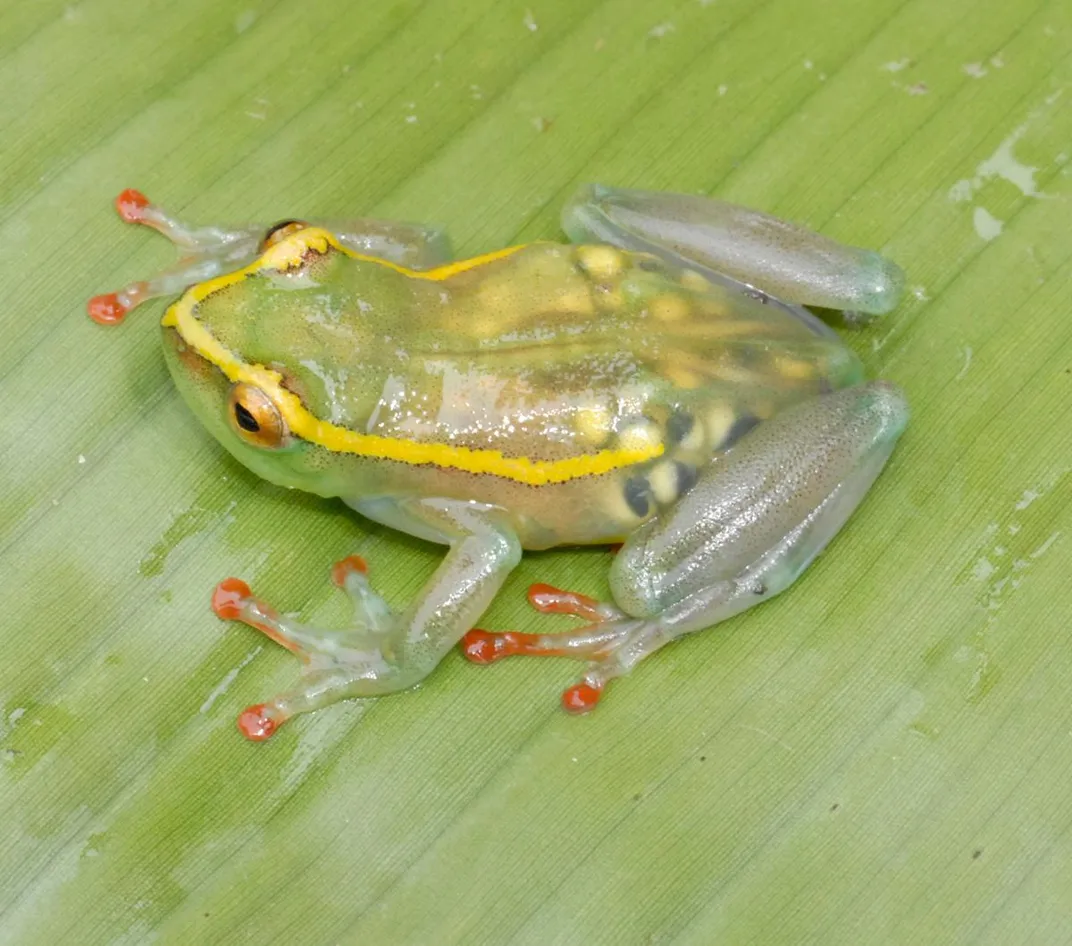
Precariously Preserved
Outright war can be devastating for the environment. Landmines don’t differentiate human from ape, military violence can bring with it deforestation and forest degradation, and general lawlessness often results in increased poaching. As a macabre example, during the decades of Congolese conflict, even water quality in the basin suffered from the vast number of corpses thrown into rivers.
And yet, prolonged political instability can have another effect: perversely protecting areas rich in biodiversity. In some regions, such conflict limits the intrusion of outsiders, including large-scale resource extraction companies, which leaves the lands remarkably pristine.
This was the case for Luiz Rocha, an evolutionary biologist and curator of fish at the California Academy of Sciences, who was studying the evolutionary origins of creatures native to the Red Sea and the Gulf of Aden. Rocha says he’s seen this unexpected preservation in the marine reefs that fall along Somali pirate routes off the coast of Yemen, Djibouti and Somaliland. While reports continue to pour in about the struggling reefs around the world, the coral reefs in this region are thriving.
The threat of plundering by Somali pirates tends to keep many off the water, Rocha explains. But in addition, the poverty of nearby cities contributes—perhaps counterintuitively—to reef health. The people here don’t have the resources or technology to significantly draw from the richness of the reefs, says Rocha; motorboats are uncommon, as is refrigeration, greatly limiting the daily catch. “The combination of not a lot of local fishing and not a lot of illegal fishing makes those reefs very interesting,” he says.
This effect has also been seen in the demilitarized zone separating North and South Korea, which supports an astonishing degree of biodiversity. Manchurian or red-crowned cranes dominate the lands, and fish, reptiles and more thrive in these wilds—protected by the thousands of landmines planted throughout the zone. The zone “has been rigidly enforced,” as entomologist Ke Chung Kim wrote in Science in 1997. “It is uninhabited by humans, and its inaccessibility has allowed damaged forests to rehabilitate and farmlands that are thousands of years old to return to a natural state.”
Of course, to say that conflict always preserves the natural environment would be a vast oversimplification. Richness in resources can often help drive further violence and complicate peace negotiations—an idea known as the natural resource curse, as Megan Alpert wrote for Smithsonian.com last year. And that further conflict can unquestionably degrade the environment: The lands become attractive to illegal miners or poachers, who are protected by the remoteness and dangers of the region—an effect evident in both Colombia and Congo.
Yet whether resources help drive conflict or conflict helps protect resources, these two effects can have a similar result in the eyes of researchers who study biodiversity. In both cases, you’re left with pockets of undeveloped landscapes that burst with creatures unique to the region—creatures at risk of disappearing before anyone even learns of their existence.
That’s a tantalizing—and worrisome—prospect for many researchers, says Lauren Esposito, assistant curator and Schlinger Chair of arachnology at the California Academy of Sciences. “If you don't have thorough sampling, then you don’t have a thorough understanding of where your organism exists everywhere it exists,” she says. “You're left with these blanks that prevent you from understanding the whole picture of the history of life on Earth.”
Call of the Wild
Besides the call of important research, some researchers cite a more primal urge to scour these remote regions: the exploration bug. Traveling the globe, for many, stems from a gut-level thirst for exploration and adventure. The venture becomes more than a hobby or fascination. “It’s like an addiction,” says William Mackay, a researcher specializing in ants and termites at the University of Texas at El Paso. Greenbaum expressed a similar sentiment: “I was hooked,” he said of his first season in the Congo.
For McKay, it started with ants. He started collecting the arthropods in 1966 as a sophomore in college, and he’s never turned back. So far he’s collected roughly 330,000 specimen and has traveled to nearly every country in the Americas. “We never know what we might find under a rock or in a twig or in a trunk. It’s really exciting,” he says. “It’s hard to explain, but it’s almost the same as falling in love."
Roy Chapman Andrews, the late explorer and naturalist who traveled the world in search of fossils for the American Museum of Natural History, is another researcher who was driven by the thrill of adventure. His career is speckled with close shaves and Hollywood-esque escapes; some have even suggested that he served as inspiration for Indiana Jones. “I was born to be an explorer. There was never any decision to make,” he wrote in his 1935 book This Business of Exploring.
In the book’s forward, he continues:
I have been so thirsty that my tongue swelled out of my mouth. I have plowed my way through a blizzard at fifty below zero, against wind that cut like a white-hot brand ... You wonder why I did it ... The truth is I did it because I couldn’t help it; because I wanted to do it more than anything else in the world; because it made me happy; because to sit behind a desk day after day and year after year would be a greater hardship.
Esposito, whose hunt for arachnids has taken her to the Chocó of Colombia, has also felt the primal urge to explore. “In some sense, there's this legacy [in scientific research] of exploring the unknown and going to the places no one else wants to go,” she says.
Esposito's drive also stems from a desire to help arm local populations, equipping them with tools to conduct basic biodiversity surveys. Though having this information isn’t going to stop violence or halt resource extraction companies in their tracks, it could help. She hopes her research will allow local groups monitor the health of their own environment, make informed decisions about their own land, and plead their case for preservation in terms policymakers understand.
“They [would be] able bring the kinds of language that policy makers need to hear to back up what they’re saying and fight for the continued control and management of [their] ecosystem,” she says.
Her first trip to the country was a brief venture to a private botanic garden on the recommendation of a colleague. “The diversity was mind-boggling,” she says. Esposito soon submitted a proposal to go back to study the arachnids in collaboration with local groups. But her proposal was turned down. Now, while she is currently working towards resubmission, she is worried that the recently passed peace accords may actually put the lands are more at risk than ever of resource companies moving in.
“I mean you have to do something, right? You can't just sit back,” she says, frustration evident in her voice. “Maybe it's not the perfect design or the perfect tool, but you can't just sit back.”
Back to Reality
Thrilling and important as it may be, the challenges of doing this kind of work are daunting. Working in remote areas already comes with numerous logistical and bureaucratic challenges, from red tape and lack of funding to failing infrastructure. But in conflict zones, these problems all become magnified.
Rocha recalls one time when he almost threw in the towel, when he was planning a research trip to Socotra, an island territory of Yemen that lies off the coast of Somaliland in the Arabian Sea. In the months leading up to the trip, the nation’s stability degraded; news of the civil war steadily poured from the country. Finally, Rocha got wind from his fixer, or local guide, that the fisheries agency that they needed to issue their permits had dissolved. And just weeks before they were schedule to leave for the trip, Yemen stopped issuing tourist visas.
Rocha and his team were forced to shift focus from Socotra to more stable, but still challenging sites in Somaliland. Yet even without a civil war raging, planning a trip to this kind of region requires months of foresight to ensure the researcher’s safety and lowest impact on the local community. “It's not easy,” Rocha says. “If we wanted to go to a place in the Caribbean we could book a trip next week and pull it off,” he says… “For [Somaliland] we have to start planning six to eight months in advance.”
That’s to say nothing of getting the necessary funding for such dangerous, logistically complicated ventures. In the modern era of “genomic-sized data sets,” the perceived value of these smaller, ecosystem-level surveys is plummeting, he says—and funding is going along with it. Many scientific institutions have lost sight of the importance of museum specimens, he explains.
“It’s not really seen as ‘Big Science’ by the greater scientific community,” Greenbaum says.
And even if a researcher is able to overcome these significant hurdles, countless challenges await them in the field. Take disease: In the Congo, researchers face a “nasty smorgasbord” of tropical disease, including malaria, yellow fever, typhoid and Ebola. One formidable foe, the tsetse fly, gives a painful bite that can impart a deadly parasite to its victims. And with the poor condition of hospitals, availability of both diagnostic tests and medication for treatment for these diseases are limited.
“So when you get ill in Congo,” says Greenbaum—not if, but when—“it’s scary.”
Beyond disease, researchers face rapidly shifting political situations, degrading infrastructure and little scientific support. In the Congo, decades of corruption has resulted in infrastructure crumbling throughout the region. “Just getting around and getting research done is a major headache that many people are not willing to put up with,” says Greenbaum. “Oftentimes when I am in the middle of it I think: What am I doing here?”
And yet, Greenbaum has found himself “putting up with it” time and time again. Is it worth it? He and the other three scientists I spoke with did not hesitate before answering: Yes. “It’s high risk, high reward,” says Greenbaum. (He says his wife convinced him to take a break this season, but he plans to be back in the field next year.)
“Every time I get an opportunity to go, I take it,” says Rocha of his trips to Somaliland.
For these researchers, there is no doubt that such work is essential. If we discount the importance of documenting and cataloging these unique specimens—many of which end up in museums around the world—we lose a large part of the bigger picture, says Greenbaum: “Taxonomists like myself and many others are providing the raw data for those big science analyses to happen.”
Greenbaum wishes more people would join him cataloging the stunning diversity of life creeping, slithering, jumping and flying through the rainforest. Until then, he’ll continue to return to some of the world’s most remote and scientifically rich locales year after year.
“Somebody needs to go in there and study these animals while they are still around,” he says. “The clock is ticking.”
/https://tf-cmsv2-smithsonianmag-media.s3.amazonaws.com/accounts/headshot/Wei-Haas_Maya_Headshot-v2.png)
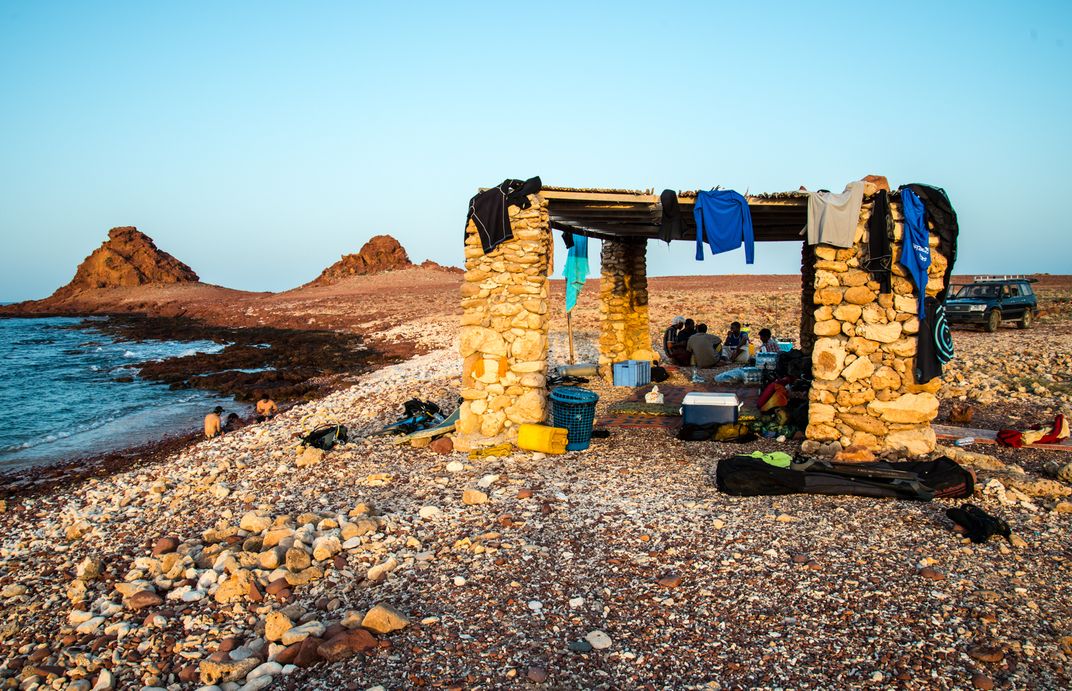
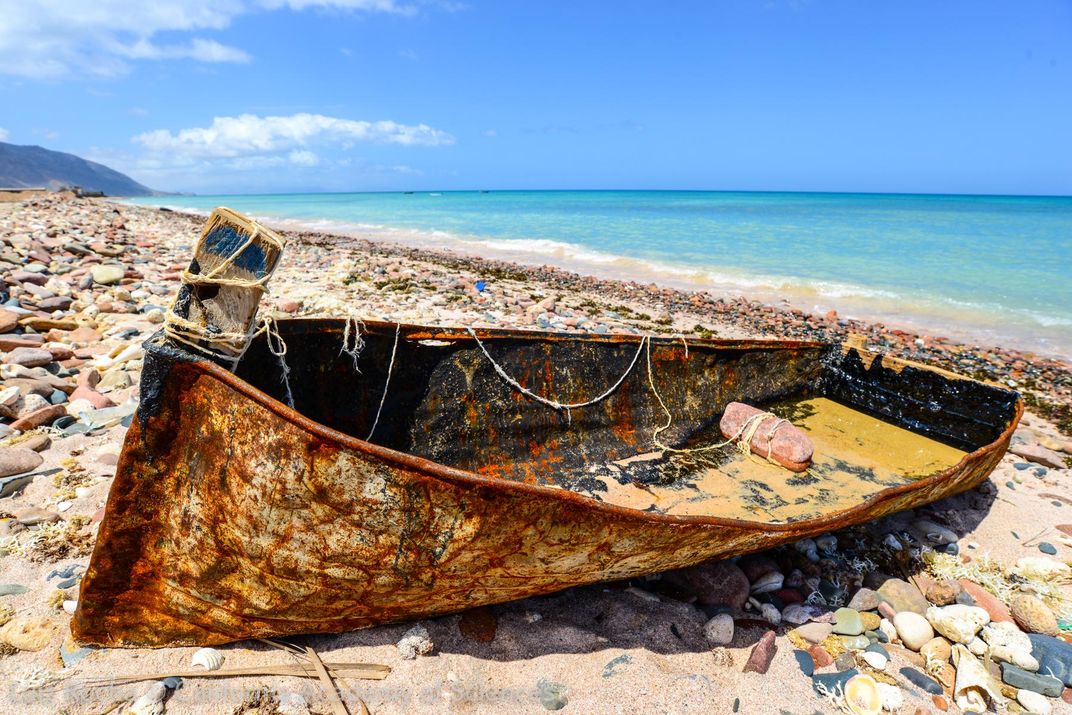
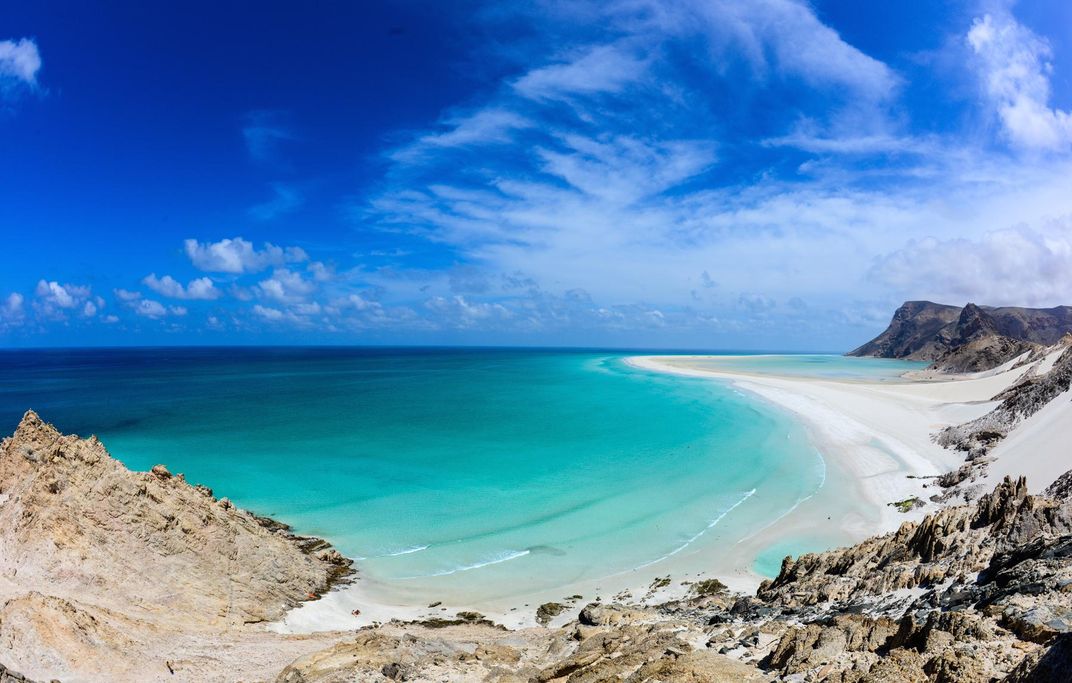
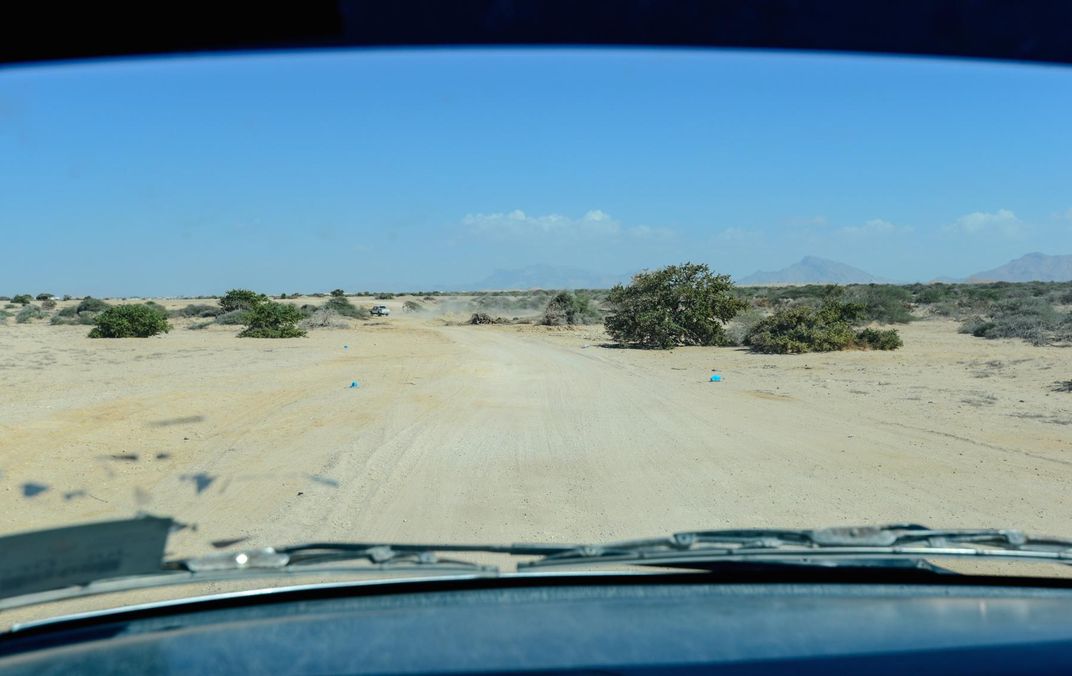


/https://tf-cmsv2-smithsonianmag-media.s3.amazonaws.com/accounts/headshot/Wei-Haas_Maya_Headshot-v2.png)